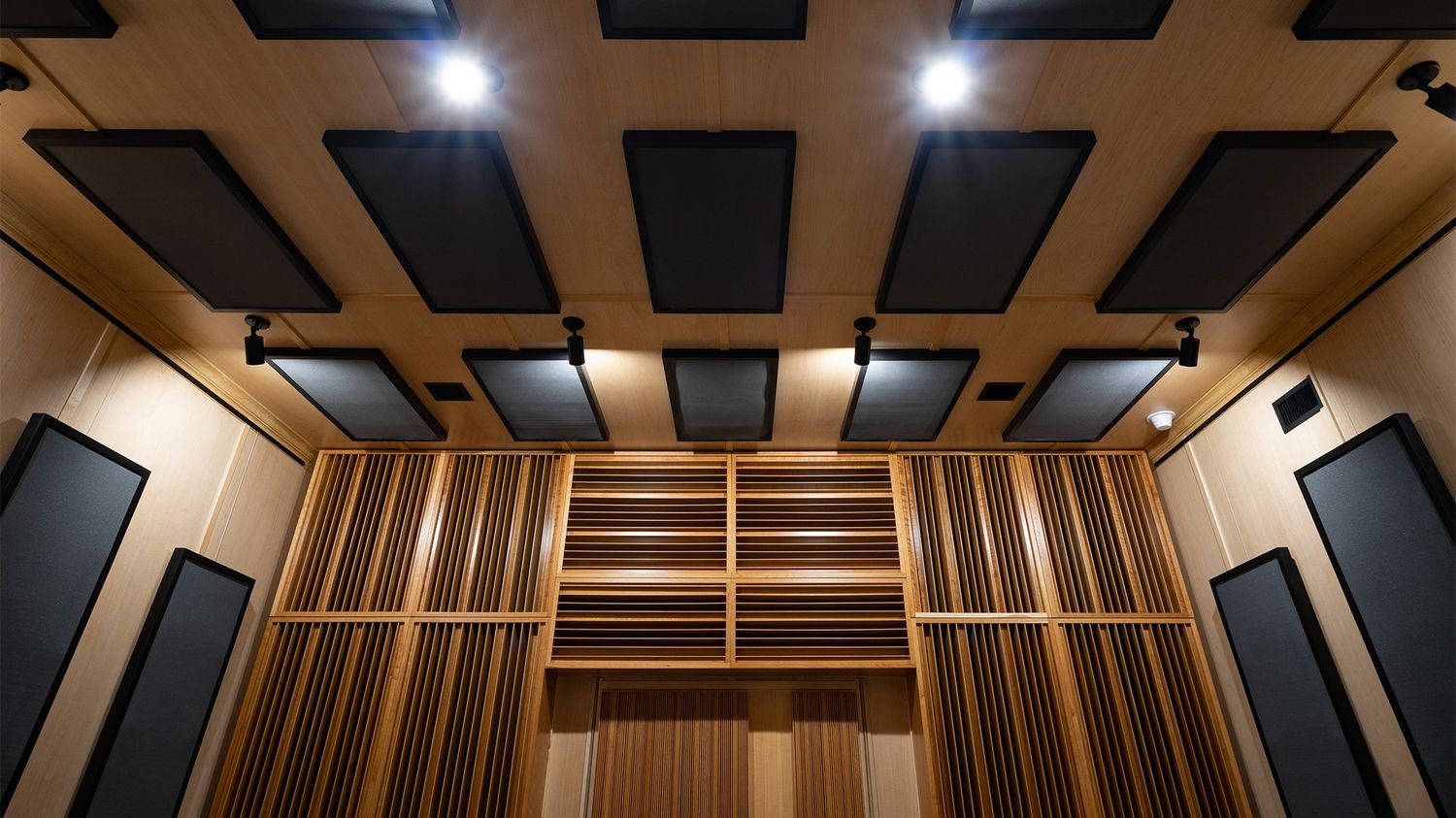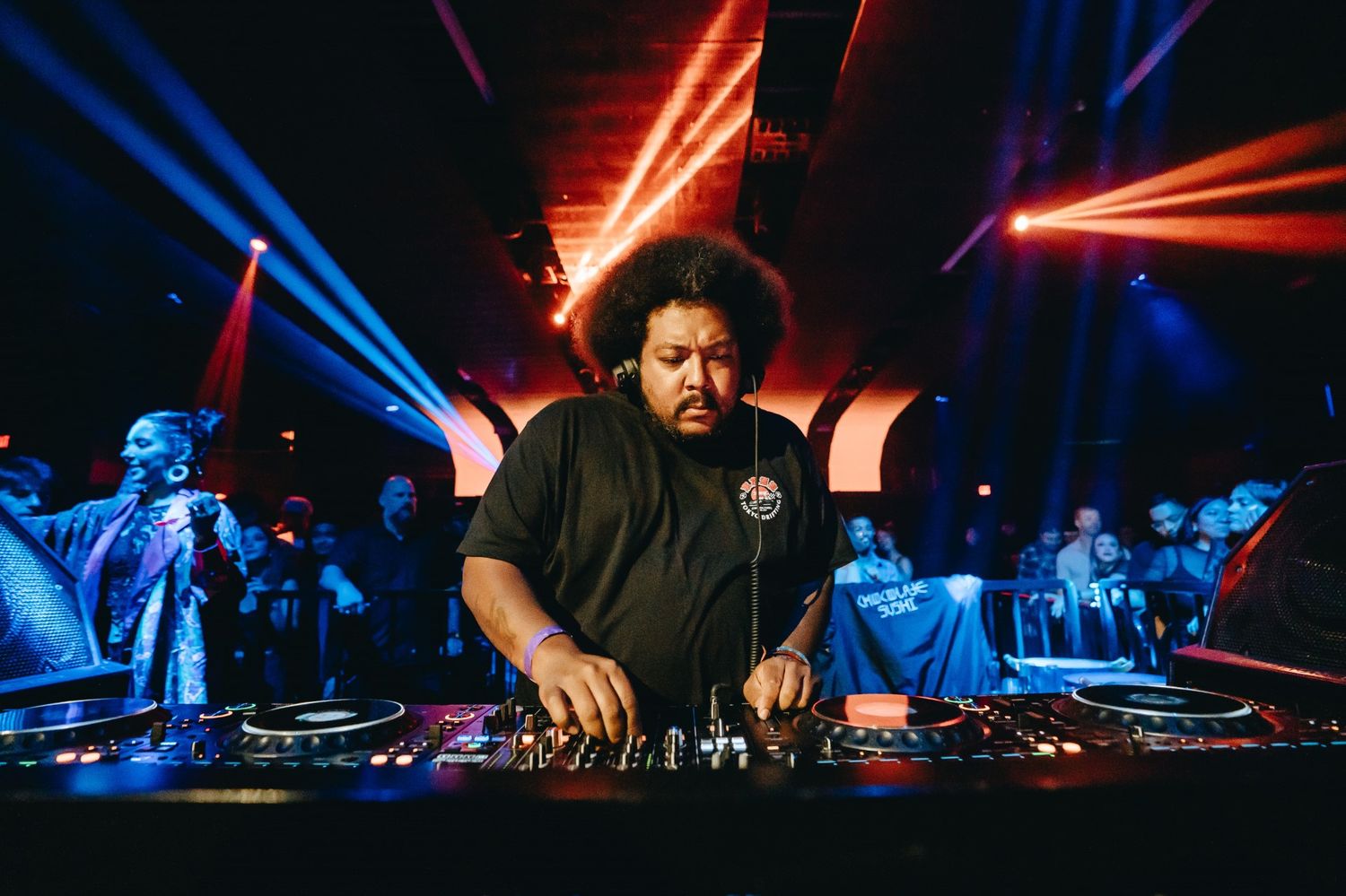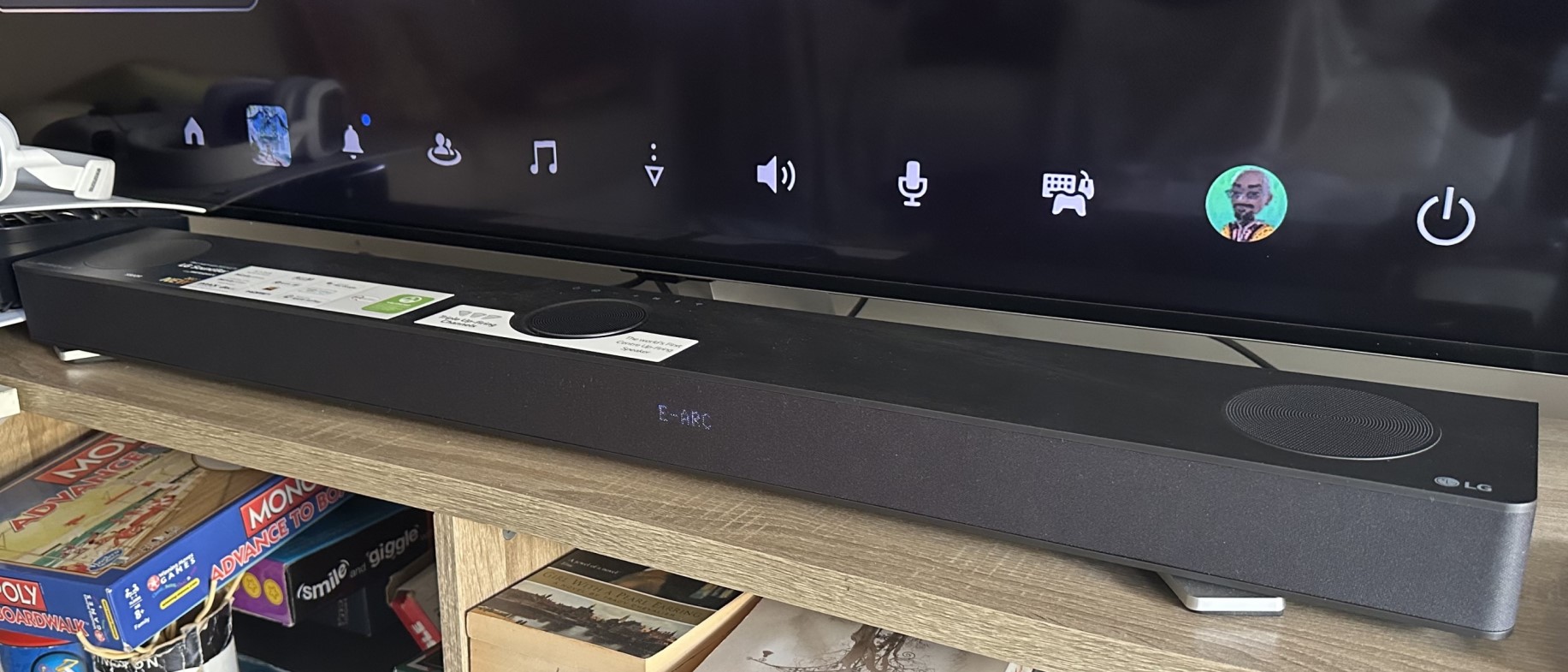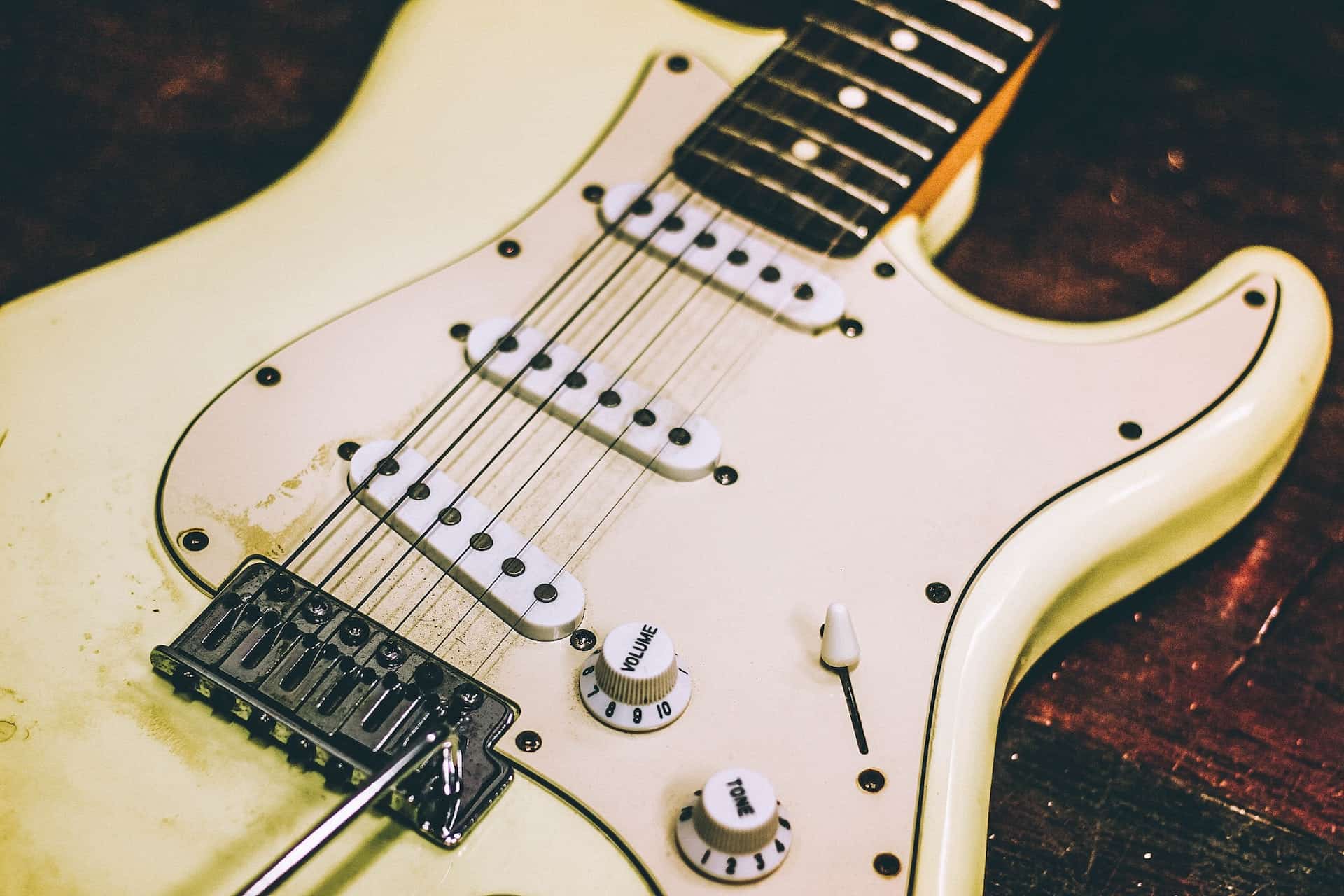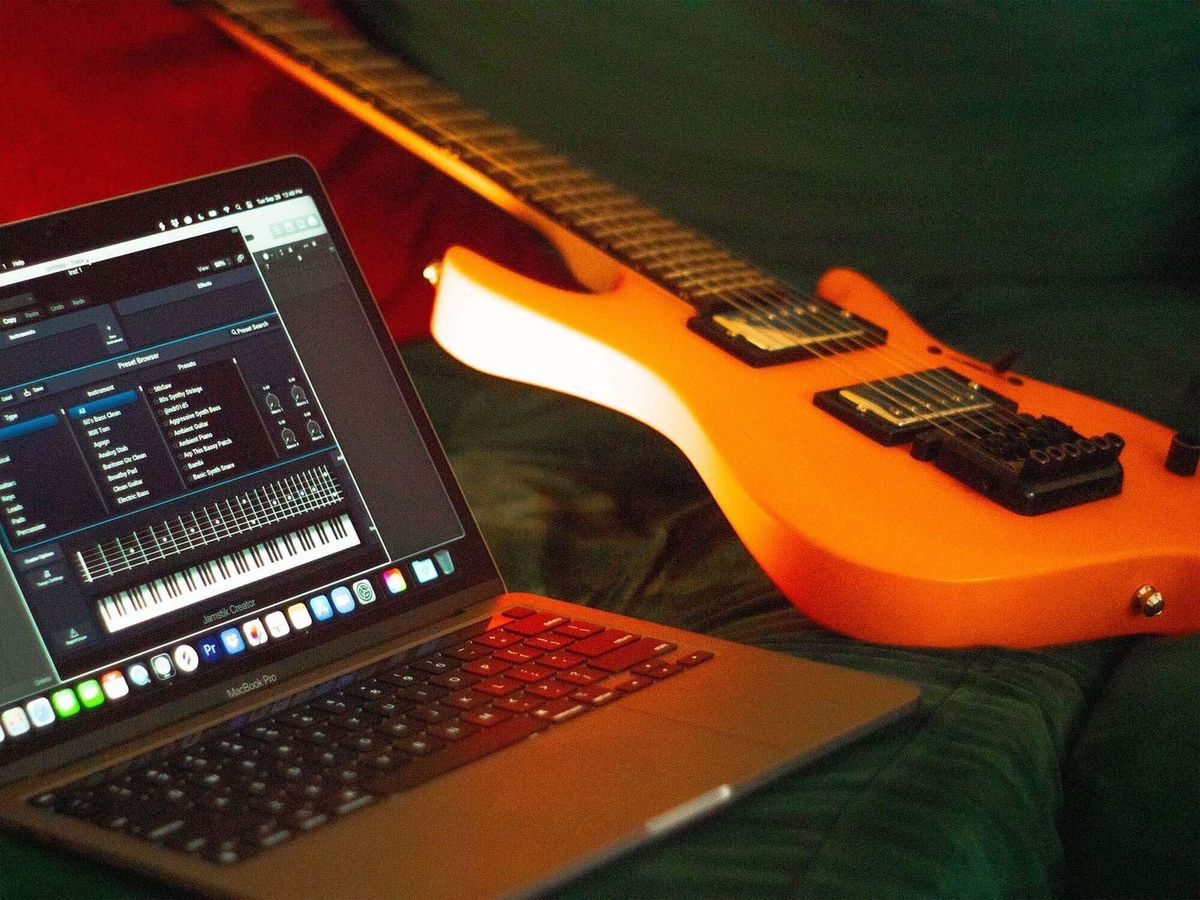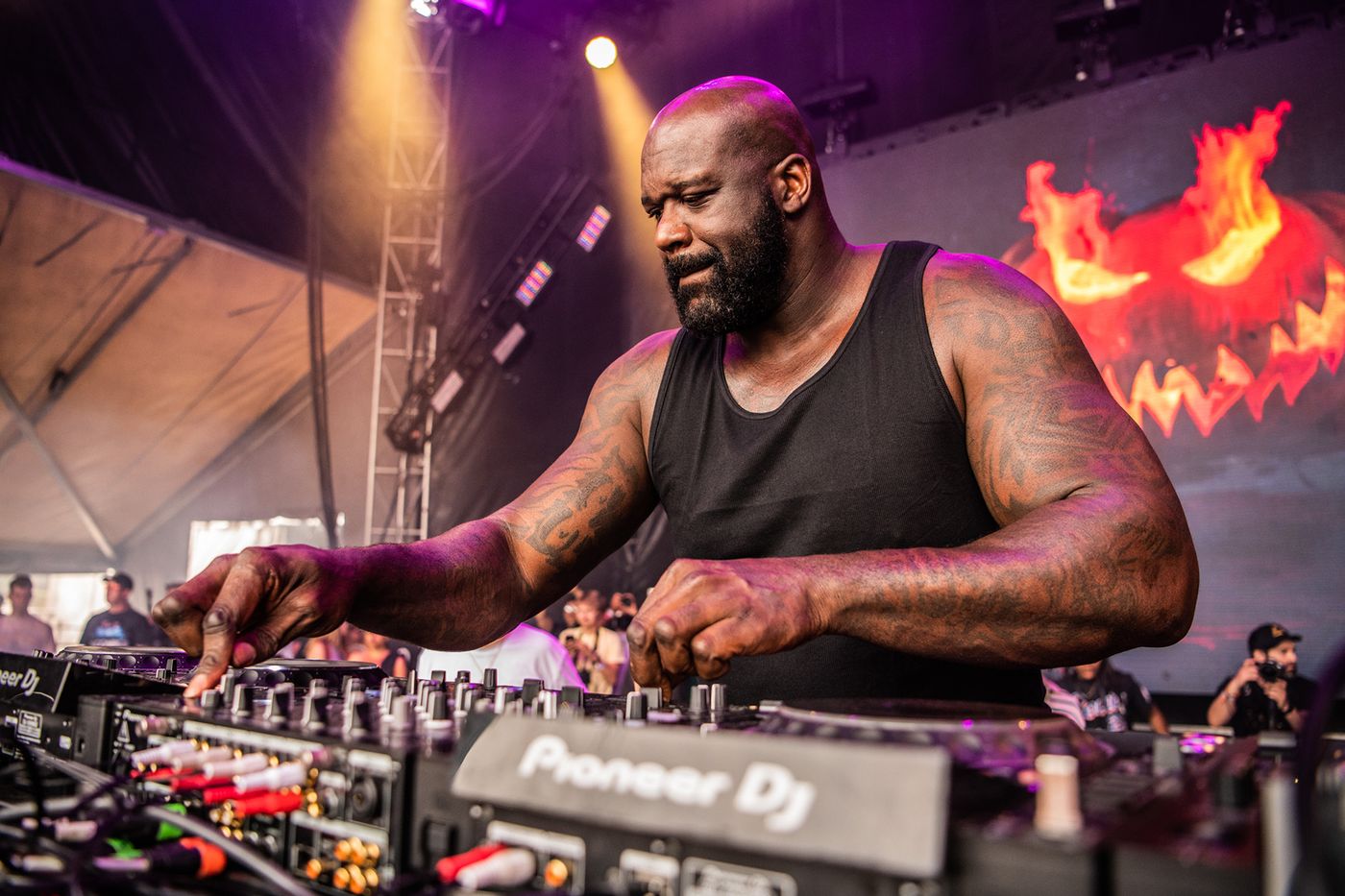Home>Production & Technology>DJ>How Do DJ Controllers Work?
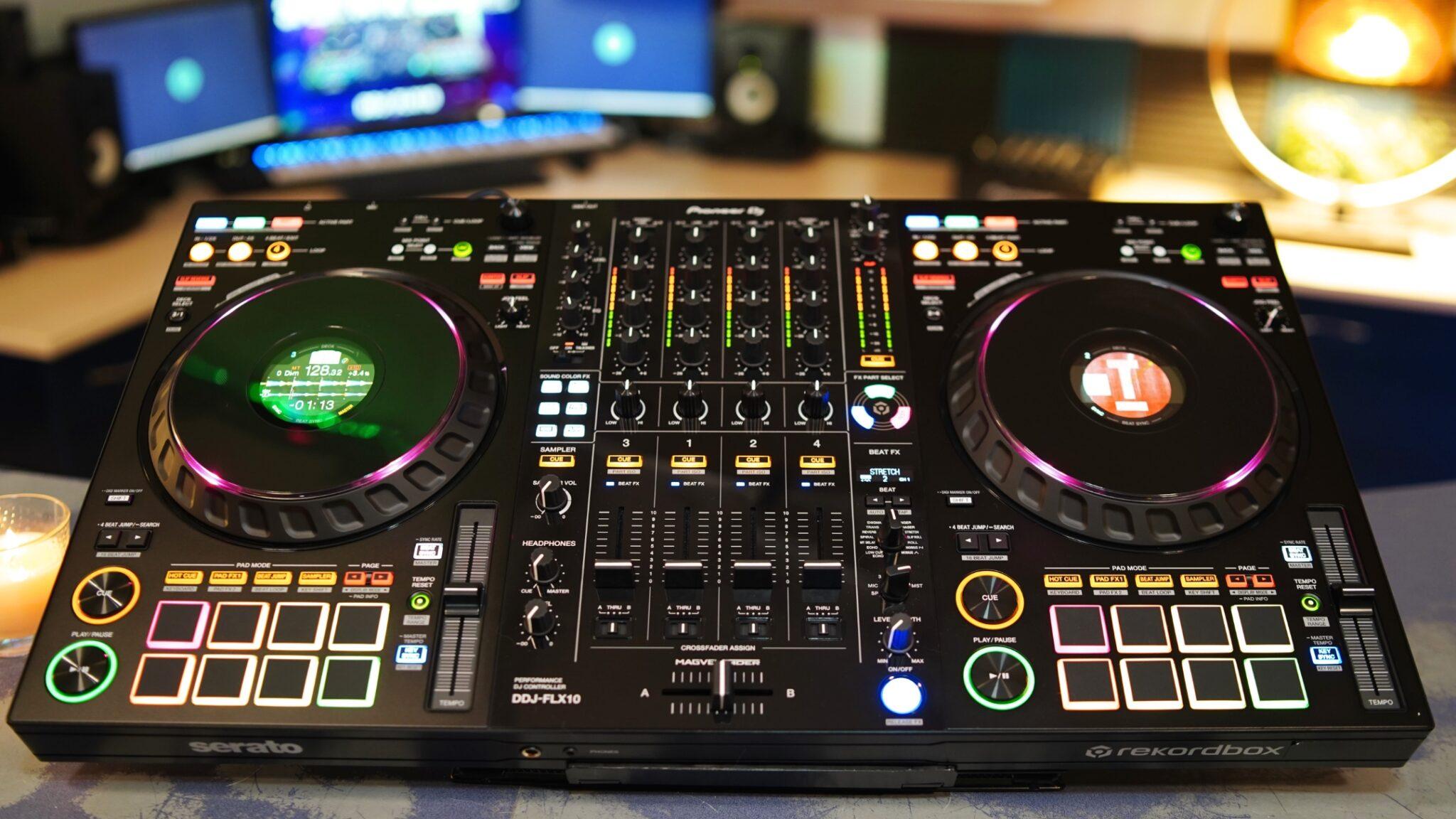

DJ
How Do DJ Controllers Work?
Published: March 2, 2024
Learn how DJ controllers work and the essential features for mixing and controlling music. Discover the technology behind DJ equipment and software. Gain insight into the world of DJing.
(Many of the links in this article redirect to a specific reviewed product. Your purchase of these products through affiliate links helps to generate commission for AudioLover.com, at no extra cost. Learn more)
Table of Contents
Introduction
DJ controllers have revolutionized the art of DJing, offering a dynamic and intuitive way for DJs to manipulate and mix music. These versatile devices have become indispensable tools for both amateur and professional DJs, providing a seamless integration of hardware and software to create captivating performances.
With the rise of digital music and the widespread availability of software-based DJing platforms, the need for a physical interface to interact with digital music files became increasingly apparent. This is where DJ controllers stepped in, bridging the gap between traditional DJing techniques and modern digital music manipulation.
By understanding the fundamental components of DJ controllers, how they interact with software, and their interface design, one can gain a deeper appreciation for the artistry and technical skill involved in using these devices to craft electrifying DJ sets.
DJ controllers have transformed the way music is mixed and performed, empowering DJs to unleash their creativity and push the boundaries of sonic experimentation. As we delve into the intricacies of DJ controllers, we will uncover the mechanics behind their operation and explore the myriad possibilities they offer for live performances and studio work.
Basic Components of DJ Controllers
DJ controllers are equipped with a range of components that enable DJs to manipulate and mix music with precision and creativity. Understanding the basic components of these devices is essential for anyone looking to dive into the world of DJing. Here are the key elements that form the foundation of DJ controllers:
-
Platters or Jog Wheels: These tactile, circular components serve as the primary interface for manipulating the playback of music tracks. DJs use platters or jog wheels to scratch, cue, pitch bend, and nudge tracks, providing a hands-on approach to controlling the rhythm and tempo of the music.
-
Mixer Section: The mixer section of a DJ controller typically features faders, knobs, and buttons that allow DJs to adjust the volume, EQ (equalization), and crossfade between multiple audio sources. This section serves as the central hub for blending and transitioning between different tracks seamlessly.
-
Performance Pads: Often found on modern DJ controllers, performance pads offer a versatile platform for triggering samples, loops, cue points, and special effects. These pads enable DJs to add expressive elements to their mixes, injecting bursts of creativity and spontaneity into their performances.
-
Encoders and Knobs: Encoders and knobs provide precise control over various parameters such as filter cutoff, effects intensity, and track browsing. These components allow DJs to fine-tune and modulate the sonic characteristics of the music in real time, adding depth and texture to their mixes.
-
Transport Controls: Essential for navigating through music tracks, the transport controls include buttons for play, pause, cue, and sync functions. These controls streamline the process of managing and manipulating the playback of music, ensuring a seamless and fluid DJing experience.
-
Touch Strips: Some DJ controllers feature touch strips that offer an alternative method for pitch bending, track scrubbing, and navigating through the timeline of a song. These touch-sensitive strips provide an additional layer of tactile control, enhancing the versatility of the DJ controller.
Understanding the role and functionality of these basic components is crucial for harnessing the full potential of a DJ controller. Each element plays a vital part in shaping the DJ's interaction with the music, empowering them to craft captivating and dynamic performances that resonate with audiences.
How DJ Controllers Interact with Software
DJ controllers serve as the physical interface through which DJs interact with software-based DJing platforms. This seamless integration of hardware and software is essential for translating the DJ's creative vision into captivating musical experiences. Understanding how DJ controllers interact with software unveils the intricate synergy between tactile control and digital manipulation.
At the core of this interaction is the communication between the DJ controller and the DJ software. When a DJ manipulates the components of the controller, such as the platters, mixer section, performance pads, and encoders, the controller sends corresponding signals to the software. These signals are then interpreted by the software, allowing for real-time adjustments to the playback, effects, and various parameters of the music.
The software responds to the input from the DJ controller by altering the playback of music tracks, applying effects, and executing commands based on the DJ's actions. This bidirectional flow of information creates a dynamic feedback loop, enabling DJs to exercise precise control over the digital audio environment while leveraging the tactile responsiveness of the controller.
Furthermore, DJ controllers often come bundled with dedicated software that is optimized for seamless integration. These software platforms provide a customizable interface that mirrors the layout and functionality of the physical controller, allowing DJs to tailor their workflow to suit their preferences and performance style. Additionally, the software offers extensive features for organizing music libraries, creating playlists, applying effects, and configuring performance settings, further enhancing the capabilities of the DJ controller.
The interaction between DJ controllers and software extends beyond mere playback control, encompassing advanced functionalities such as beat synchronization, tempo manipulation, harmonic mixing, and the triggering of samples and loops. This integration empowers DJs to explore new sonic territories, experiment with innovative mixing techniques, and deliver electrifying performances that transcend traditional DJing boundaries.
Ultimately, the seamless interaction between DJ controllers and software epitomizes the convergence of traditional DJing techniques with the boundless possibilities of digital innovation. This synergy amplifies the expressive potential of DJs, enabling them to craft immersive musical journeys that resonate with audiences on a profound level.
Understanding the Interface of DJ Controllers
The interface of a DJ controller serves as the gateway to a world of creative possibilities, offering a tactile and intuitive platform for DJs to command and manipulate music with precision and finesse. Understanding the intricacies of the interface is essential for unlocking the full potential of a DJ controller and harnessing its capabilities to craft captivating and seamless performances.
One of the central elements of the interface is the platters or jog wheels, which provide a tactile means of controlling the playback of music tracks. These circular components allow DJs to execute techniques such as scratching, cueing, and pitch bending, infusing their performances with dynamic rhythmic variations and expressive flourishes. The responsiveness and sensitivity of the platters enable DJs to establish a direct connection with the music, shaping its trajectory and tempo with nuanced gestures.
The mixer section forms the heart of the interface, featuring an array of faders, knobs, and buttons that facilitate seamless blending and transitioning between multiple audio sources. DJs utilize the mixer section to adjust the volume levels, apply EQ adjustments, and execute smooth crossfades, ensuring a cohesive and harmonious flow of music throughout their sets. This central hub empowers DJs to sculpt the sonic landscape in real time, orchestrating a fluid and immersive auditory experience for their audience.
Performance pads constitute a versatile interface component that empowers DJs to trigger samples, loops, cue points, and special effects on the fly. These pads serve as dynamic canvases for injecting bursts of creativity and spontaneity into performances, allowing DJs to layer intricate rhythmic patterns, launch impactful sound effects, and introduce captivating sonic elements that elevate the energy of their sets.
Encoders and knobs provide precise control over various parameters, enabling DJs to modulate effects, adjust filter settings, and navigate through their music library with ease. These components offer a nuanced approach to shaping the sonic characteristics of the music, allowing DJs to infuse their mixes with depth, texture, and sonic intricacies that captivate and engage their audience.
The transport controls, including play, pause, cue, and sync functions, streamline the navigation and manipulation of music tracks, ensuring seamless transitions and precise timing during performances. These intuitive controls empower DJs to orchestrate the ebb and flow of their sets with finesse, maintaining a seamless and dynamic musical narrative that resonates with their audience.
Touch strips, found on some DJ controllers, provide an alternative method for pitch bending, track scrubbing, and timeline navigation, offering an additional layer of tactile control that enhances the versatility of the interface. The touch-sensitive nature of these strips enables DJs to execute fluid and expressive gestures, adding a distinctive dimension to their performances.
Understanding the interface of a DJ controller is paramount for DJs seeking to craft immersive and dynamic performances. By mastering the nuances of the interface components, DJs can harness the full expressive potential of the controller, sculpting mesmerizing sonic landscapes and delivering electrifying musical experiences that leave a lasting impression on their audience.
Using DJ Controllers for Live Performances
Utilizing DJ controllers for live performances represents a dynamic fusion of technical prowess and artistic expression, empowering DJs to captivate audiences with electrifying sonic experiences. The seamless integration of hardware and software, coupled with the tactile interface of DJ controllers, enables DJs to orchestrate immersive and seamless performances that transcend traditional DJing boundaries.
During live performances, DJs harness the full potential of DJ controllers to craft captivating musical journeys that resonate with audiences on a profound level. The tactile nature of the controller's interface allows DJs to establish an intimate connection with the music, shaping its trajectory and texture with precision and finesse. The platters or jog wheels serve as the primary canvas for rhythmic manipulation, enabling DJs to execute techniques such as scratching, pitch bending, and cueing, infusing their performances with dynamic rhythmic variations and expressive gestures that captivate the crowd.
The mixer section of the DJ controller forms the nerve center of live performances, providing a versatile platform for blending and transitioning between multiple audio sources. DJs leverage the mixer's faders, knobs, and buttons to orchestrate seamless crossfades, apply EQ adjustments, and modulate the volume levels with fluidity and precision. This central hub empowers DJs to sculpt a cohesive sonic narrative, guiding the audience through a mesmerizing auditory journey that unfolds in real time.
Performance pads play a pivotal role in elevating the dynamism of live performances, offering a canvas for triggering samples, loops, cue points, and special effects. DJs harness the expressive potential of performance pads to inject bursts of creativity and spontaneity into their sets, layering intricate rhythmic patterns, launching impactful sound effects, and introducing captivating sonic elements that amplify the energy and engagement of the audience.
Encoders and knobs provide DJs with nuanced control over effects, filter settings, and track navigation, enabling them to infuse their performances with sonic intricacies and textural depth. The tactile responsiveness of these components empowers DJs to modulate the sonic landscape in real time, adding layers of expressiveness and sonic exploration to their sets.
The seamless interaction between DJ controllers and software empowers DJs to explore new sonic territories, experiment with innovative mixing techniques, and deliver performances that transcend traditional DJing boundaries. This integration amplifies the expressive potential of DJs, enabling them to craft immersive musical journeys that resonate with audiences on a profound level.
In essence, using DJ controllers for live performances represents a harmonious convergence of technical mastery and artistic innovation, allowing DJs to push the boundaries of sonic manipulation and deliver performances that leave a lasting impression on their audience.
Conclusion
In conclusion, the evolution of DJ controllers has redefined the landscape of modern DJing, offering a harmonious fusion of tactile control and digital innovation. These versatile devices have become indispensable tools for DJs, enabling them to unleash their creativity and craft electrifying performances that resonate with audiences on a profound level.
The fundamental components of DJ controllers, including platters or jog wheels, mixer sections, performance pads, encoders and knobs, transport controls, and touch strips, form the building blocks of a dynamic and expressive interface. Understanding the role of each component is crucial for harnessing the full potential of a DJ controller and leveraging its capabilities to shape captivating musical experiences.
The seamless interaction between DJ controllers and software platforms has revolutionized the art of DJing, empowering DJs to explore new sonic territories, experiment with innovative mixing techniques, and deliver performances that transcend traditional boundaries. The bidirectional flow of information between the controller and software creates a dynamic feedback loop, allowing DJs to exercise precise control over the digital audio environment while leveraging the tactile responsiveness of the controller.
Furthermore, using DJ controllers for live performances represents a dynamic fusion of technical prowess and artistic expression. The tactile nature of the controller's interface allows DJs to establish an intimate connection with the music, shaping its trajectory and texture with precision and finesse. The seamless integration of hardware and software, coupled with the expressive potential of performance pads, encoders, and knobs, empowers DJs to orchestrate immersive and seamless performances that captivate audiences with electrifying sonic experiences.
In essence, DJ controllers have transcended the traditional boundaries of DJing, offering a gateway to boundless creative possibilities. As these devices continue to evolve and innovate, they will undoubtedly shape the future of DJing, empowering both aspiring and seasoned DJs to push the boundaries of sonic manipulation and deliver performances that leave a lasting impression on their audience.


